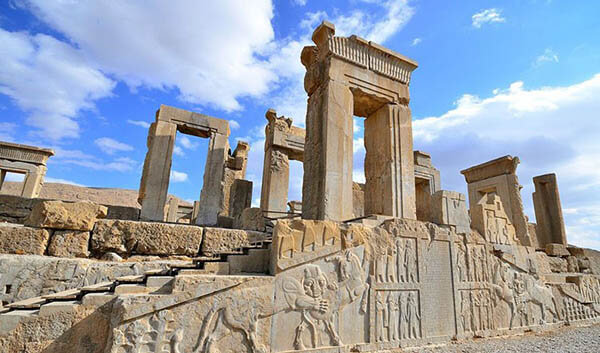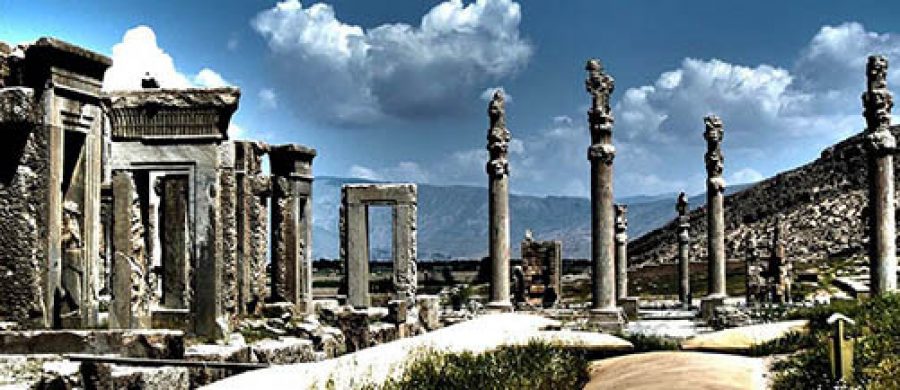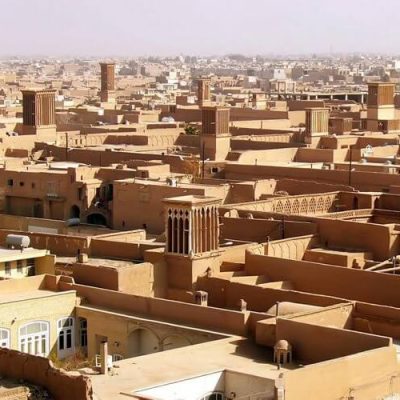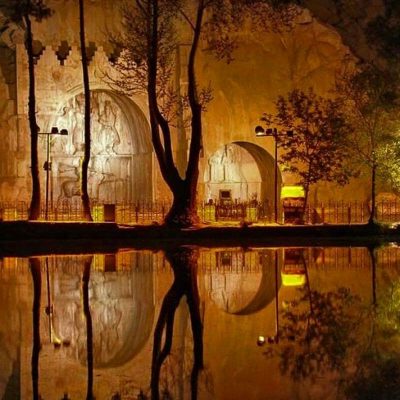Takhte Jamshid, which is also known as Parse and Persepolis, is one of the ancient cities of Iran, which was known as the capital of the Achaemenid Kingdom in the distant past. Various features made Persepolis an amazing ancient monument all over the world. Parse is several thousand years old and shows the high civilization of Iranians in the past. In this context, we intend to talk to you more completely and comprehensively about Persepolis and its features. If you are curious to know more about this historical monument, we suggest you follow us to the end of the content.
History of Takhte Jamshid
It was for the first time in 518 BC that the order to build Persepolis was issued by Darius the Great. After Darius the Great, Xhasyarshah, and Ardeshir I added more parts to this building. Of course, according to the available information, the general structure of Persepolis, whose signs can be seen now, was completed by seven different kings. Takhte Jamshid is built on land with an area of 128 thousand square meters. Parse includes seven halls, reliefs, stairs, stone columns, and two stone tombs. According to the available information, there are more than 3000 reliefs in the Takhte Jamshid.

Investigation of different parts of Takhte Jamshid
After talking about the history of this amazing building, now let’s talk about different parts of Takhte Jamshid.
Reliefs:
Reliefs are one of the most important works of Persepolis, as we told you before, each of them tells a story. In some cases, the reliefs show the celebrations and trips of the kings of other nations to Iran.
Columns:
Undoubtedly, the columns of Takhte Jamshid are one of the most important features of this amazing building. Several years ago, strong earthquakes occurred in this region, but even with these earthquakes, these columns remain standing. In addition to the strength of these columns, this building also has very beautiful and eye-catching designs and patterns.
Apadana Palace:
Apadana Palace is one of the most important parts of Persepolis. This palace has an area of 3660 square meters. The height of the Apadana columns is about 20 meters and these columns were so powerful that 13 of them were still standing until the Qajar era.
The gates of the nations:
Gates are among the other parts of Takhte Jamshid, in the western and eastern eras. Guardian angels are located in these gates, each of which has its visual effects and symbols.

Staircase:
Even the stairs of this amazing structure have their unique features. The number of these stairs is very large and each of them is 10 cm apart from the other, which makes the moving process much easier. Each of these stairs is built in a special order.
Underground waterways:
One of the most amazing facilities in Takhte Jamshid was the underground waterways. These waterways are more than 2 kilometers long. According to the research done to build some of them, the Achaemenians carved about 9 meters of rocks. In addition to this, in some cases, it has been tried to provide the required slope for water flow by placing giant boulders.
The end of Takhte Jamshid
According to research Alexander, the Great of Macedonia attacked this place and set it on fire in 330 BC, about 200 years after the construction of Takhte Jamshid. It is predicted that at that time, a huge part of Iranian culture and books was destroyed, but even so, this Persepolis still stands and shows the glory of Achaemenid’s expertise. If this attack did not take place, there would probably be more surprising information about the way Achaemenids ruled.
Conclusion
What remains of Takhte Jamshid is only a small part of this historical building. But considering the petroglyphs and involving the imagination, it is possible to recognize how magnificent and huge this building was. The interesting point is that after being buried under the soil for thousands of years and the discovery of this building about 70 years ago, Parse still has its greatness and shows off the glory and power of the Iranians of the past.









Post Discussion